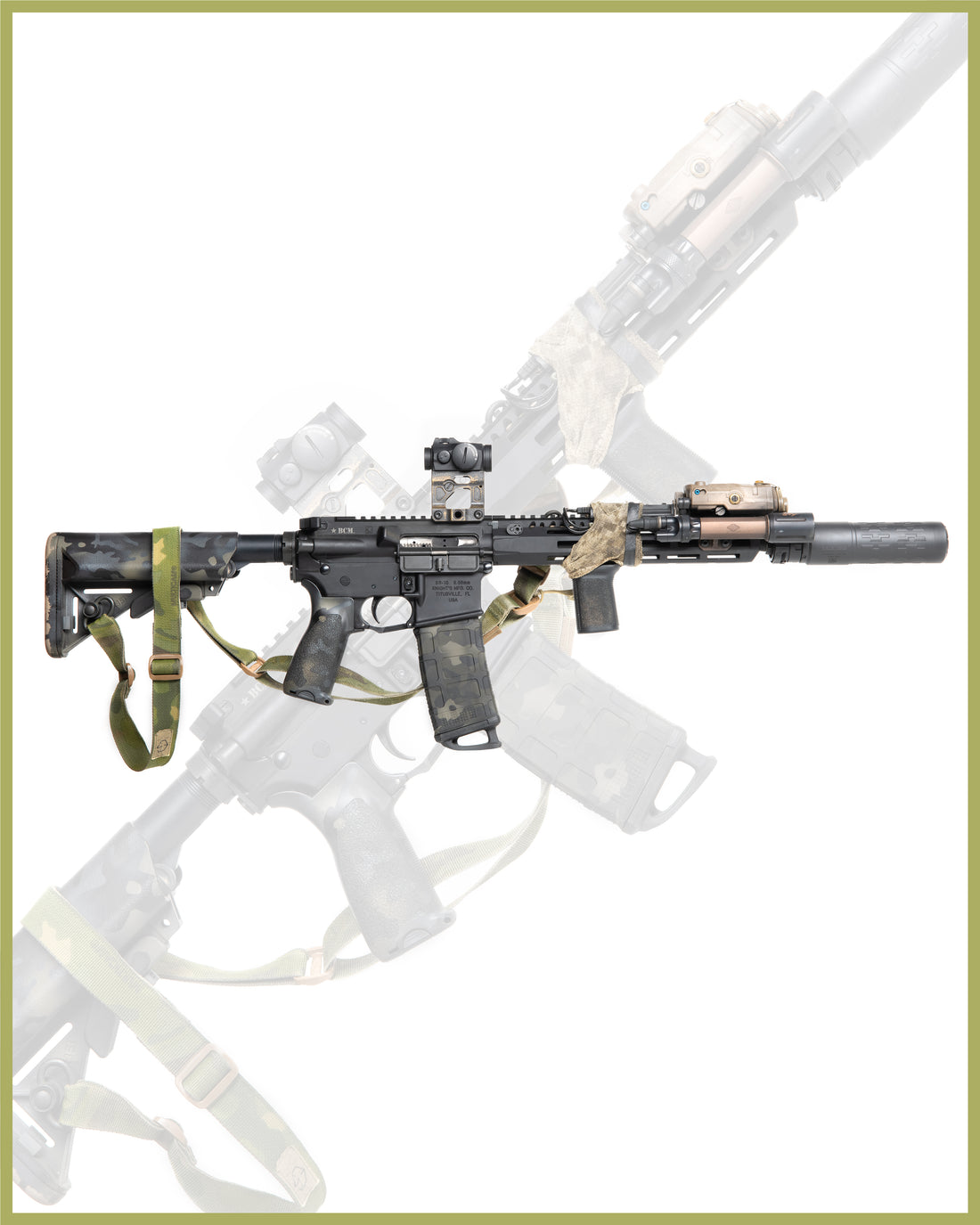Choosing the Perfect AR-15: A Guide to Selection and Versatility
The AR-15 platform is renowned for its versatility, modularity, and widespread use in a variety of shooting disciplines. Whether you're a competitive shooter, a passionate hunter, or a responsible gun owner looking for a reliable self-defense firearm, selecting the right AR-15 can make a significant difference in performance and overall satisfaction. In this blog post, we will explore the factors to consider when choosing an AR-15 and discuss its wide range of applications across different shooting disciplines.
1. Purpose and Intended Use:
Identify the primary purpose and intended use of your AR-15. Are you looking for a rifle for home defense, competitive shooting, hunting, or general recreational shooting? Determining your specific needs will guide your selection process and help you prioritize certain features over others.
2. Caliber Selection:
AR-15 rifles are available in various calibers, with the most common being .223 Remington/5.56 NATO. Consider the intended application and the availability and cost of ammunition when selecting a caliber. Other popular options include .300 Blackout, 6.5 Grendel, and .308 Winchester/7.62 NATO, each offering different advantages in terms of ballistics and range.
3. Barrel Length:
The barrel length of your AR-15 affects both maneuverability and accuracy. Shorter barrels are more suitable for close-quarters engagements and dynamic shooting scenarios, while longer barrels offer increased velocity and precision for long-range shooting or hunting. Strike a balance between your intended use and your desired balance between maneuverability and accuracy.
4. Gas System:
AR-15 rifles operate on a direct impingement or gas piston system. Direct impingement systems are more common and generally offer better accuracy and a lighter overall package. Gas piston systems provide cleaner operation and can be advantageous in harsh environments or suppressed applications. Consider the benefits and drawbacks of each system based on your needs and preferences.
5. Handguard and Rail System:
The handguard and rail system of an AR-15 are critical for attaching accessories such as optics, lights, lasers, and grips. Choose a handguard that suits your preferred shooting style and provides adequate real estate for mounting accessories. KeyMod and M-LOK are popular attachment systems that offer versatility and modularity.
6. Trigger:
The trigger is a crucial component that directly affects accuracy and shootability. Consider the trigger quality, pull weight, and reset characteristics. Upgrading the trigger to a high-quality, crisp trigger can significantly enhance your shooting experience and precision.
7. Optics and Iron Sights:
AR-15 rifles are commonly used with various sighting systems, including iron sights, red dot sights, holographic sights, and magnified scopes. Determine your shooting preferences, intended distances, and shooting discipline to choose the appropriate optic or iron sight setup.
8. Accessories and Customization:
The modularity of the AR-15 platform allows for a vast array of accessories and customization options. Consider your desired accessories such as bipods, slings, stocks, foregrips, and muzzle devices. These accessories can enhance comfort, control, and functionality based on your specific shooting needs.
9. Budget:
Establishing a budget is crucial when selecting an AR-15. Determine the maximum amount you are willing to invest and prioritize features accordingly. It's essential to strike a balance between quality and affordability, ensuring that you get a reliable rifle that fits your needs without overspending.
Applications of the AR-15:
1. Home Defense: The AR-15's compact size, maneuverability, and customizable features make it an excellent choice for home defense. Its lightweight nature, low recoil, and ample magazine capacity allow for quick and accurate target engagement in close-quarters scenarios.
2.
Competitive Shooting: AR-15 rifles are widely used in various shooting competitions such as USPSA, 3-Gun, and IDPA. Their modular design allows for customization to meet specific competition requirements, while their accuracy and reliability contribute to consistent performance on the range.
3. Hunting: The versatility of the AR-15 platform makes it suitable for a variety of hunting applications. Whether it's varmint hunting, predator hunting, or even hunting larger game with appropriate calibers, the AR-15 offers precision, customization, and maneuverability.
4. Recreational Shooting: AR-15 rifles are immensely popular for recreational shooting. Their ease of use, low recoil, and ability to accommodate a wide range of shooting styles and disciplines make them enjoyable firearms for target practice, plinking, and informal competitions.
Choosing the right AR-15 involves considering factors such as intended use, caliber, barrel length, gas system, handguard, trigger, optics, and customization options. By understanding your specific needs and preferences, you can select an AR-15 that excels in its intended application, whether it's home defense, competitive shooting, hunting, or recreational shooting. The AR-15 platform's versatility and modularity make it a reliable and customizable firearm that can adapt to various shooting disciplines and provide years of shooting enjoyment.

